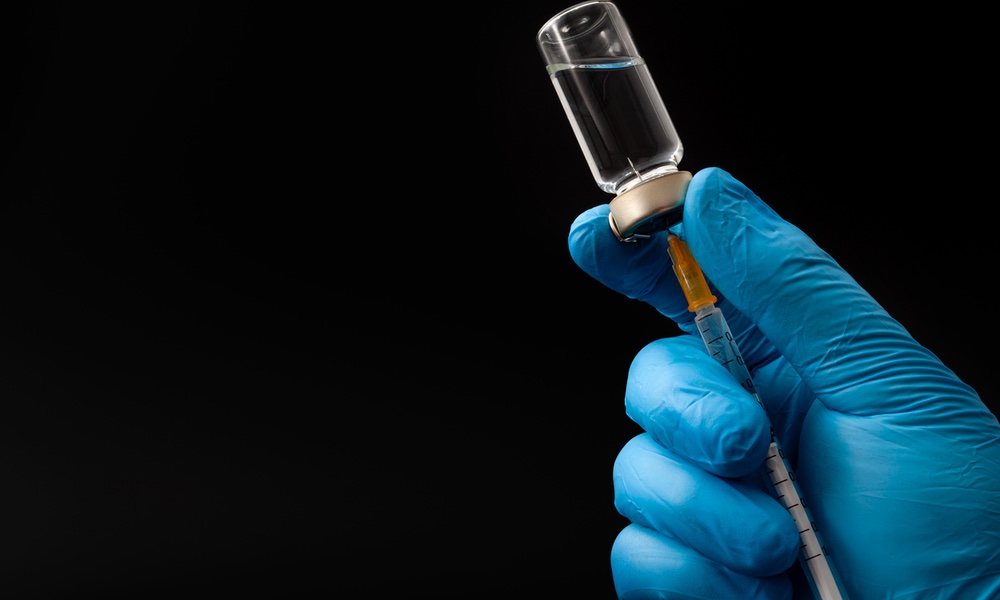Vitamin K has never gotten as much press as other vitamins. It’s a relatively unknown vitamin with limited food sources, but now it appears that it’s found in more foods than previously thought.
The best-known function of vitamin K is the part it plays in helping blood to clot. Vitamin K also appears to help maintain strong bones, particularly in the elderly.
There are two forms of vitamin K that occur in food. Plant-based foods, leafy green vegetables like broccoli, spinach or cabbage, contain one form, phylloquinone or vitamin K1.
Animal and fermented foods contain another form, menaquinone or vitamin K2, which itself is found in varying forms. K2 is also made in the lower digestive tract of the body with the help of bacteria, helping to meet some of the body’s need for the vitamin.The vitamin K found in full-fat regular and Greek yogurts was similar to the amounts in full-fat milk, but neither form of the vitamin was found in fat-free yogurt.
Dairy foods contain a small amount of K1, but they have never been considered a significant source of the vitamin. Now scientists at the Jean Mayer USDA Human Nutrition Research Center on Aging (HNRCA) at Tufts University have found that some dairy foods are good sources of K2 as well as K1, raising dairy's value as a source of vitamin K considerably.
Dairy food samples were collected and divided into categories based on the type of dairy product and their fat content. Products collected included milk, yogurt, Greek yogurt, kefir, cream, processed cheese, fresh cheese, blue cheese, soft cheese, semi-soft cheese and hard cheese. The amount of vitamin K in these foods was determined, and the effect of the amount of fat on the vitamin K content was compared for all products.
Full-fat dairy foods were found to contain significant amounts of vitamin K2, about 90 percent of the total vitamin K in the foods that were tested. The amount of vitamin K in milk varied according to the fat content. Total vitamin K and vitamin K2 concentrations were much higher in full-fat milk than two percent milk. K1 was only found in full-fat milk.
The same was true for yogurt: the vitamin K in full-fat regular and Greek yogurts was similar to that in full-fat milk, but neither form of the vitamin was found in fat-free yogurt. The vitamin K in cheese varied according to the type of cheese, but soft cheese had the highest amount followed by blue cheese, semi-soft cheese and hard cheese.
The form of K2 present in dairy foods is a reflection of the bacteria present. For example, lactic acid bacteria are commonly used in dairy and fermented foods. In Western European countries that produce dairy, up to 25 percent of total vitamin K intake is provided by K2, mostly from dairy sources, according to study author, Sarah L. Booth, PhD, senior scientist and director of the Vitamin K Laboratory at the Jean Mayer USDA Human Nutrition Research Center on Aging.It might not hurt to occasionally indulge in some full-fat milk or trade your fat-free yogurt for one with some fat to get a little more vitamin K in your diet.
Vitamin K2 from dairy foods is more strongly associated with heart health benefits than intakes of K1 according to European data. Booth suggests that this information highlights the need to look at the presence of K2 in foods commonly eaten in the United States.
More research is needed to understand the role of microbes used in the production of dairy foods and how they might impact vitamin K2 content and the bioavailability, but it might not hurt to occasionally indulge in some full-fat milk or trade your fat-free yogurt for one with some fat to get a little more vitamin K in your diet.
The study is published in Current Developments in Nutrition.





